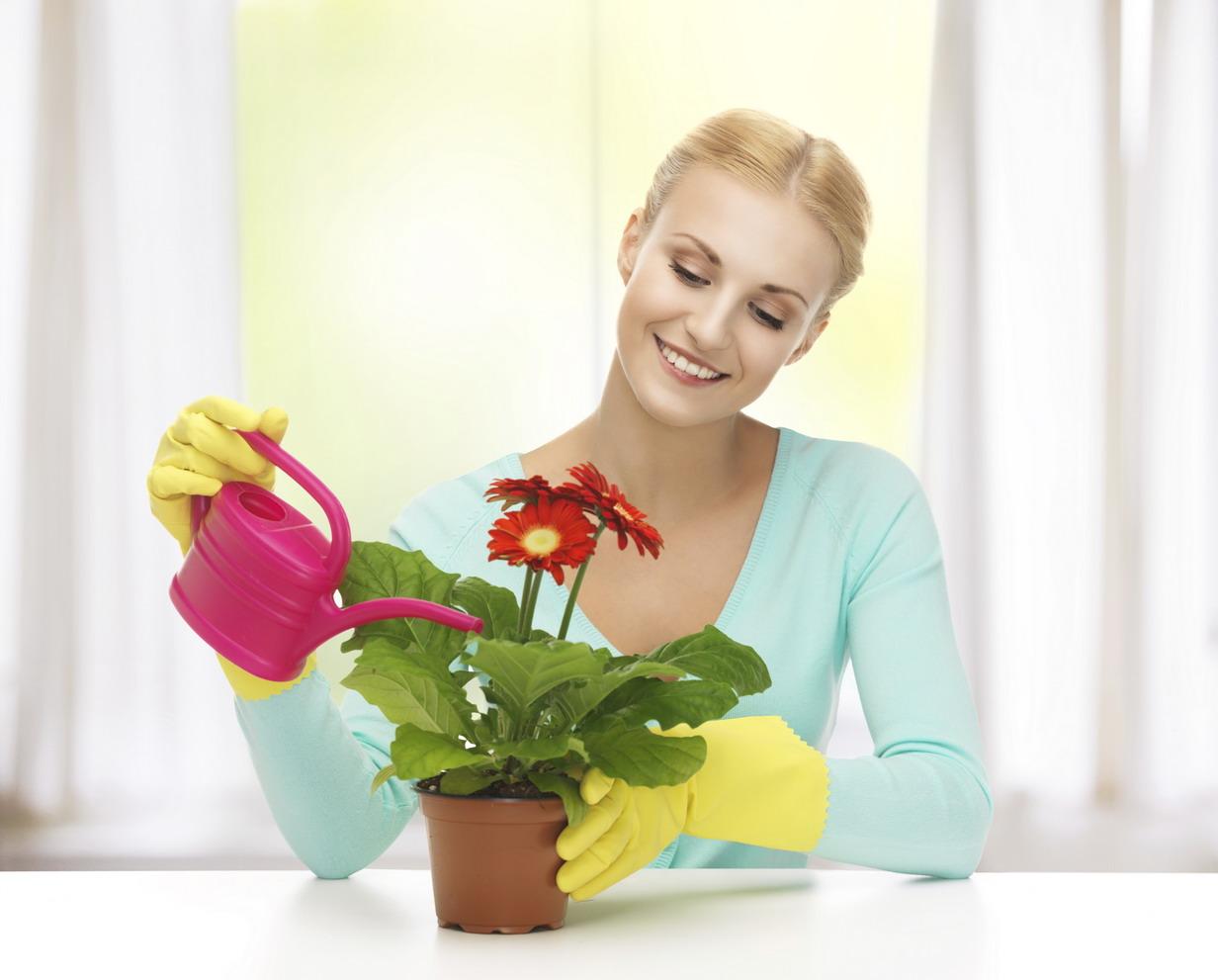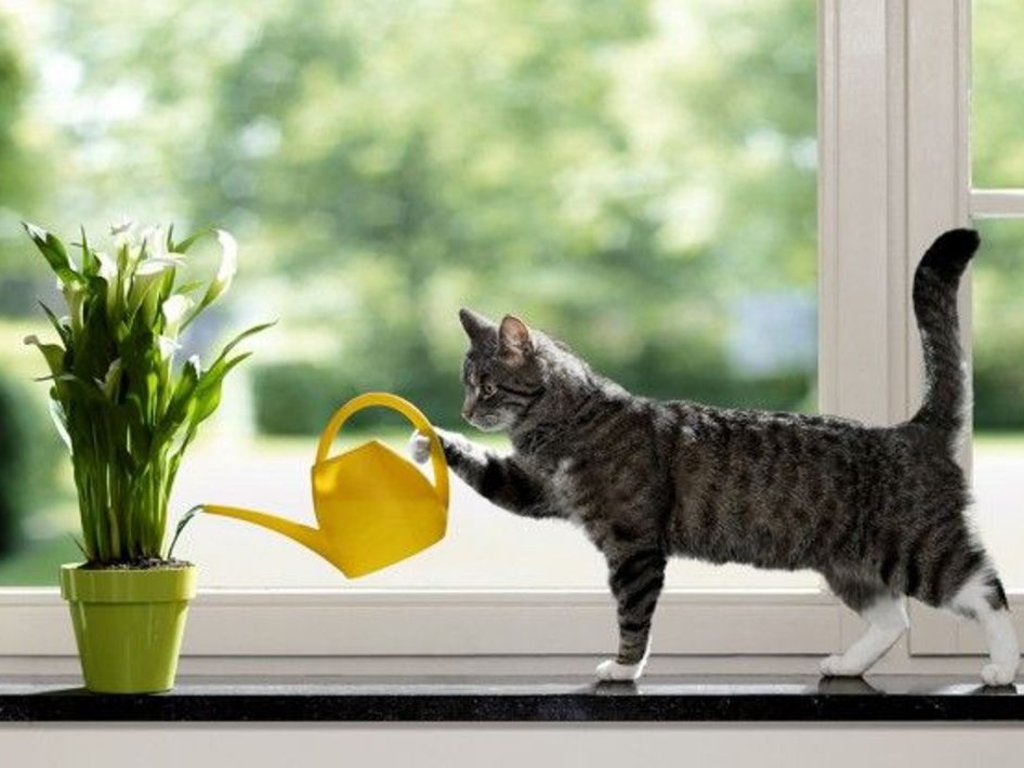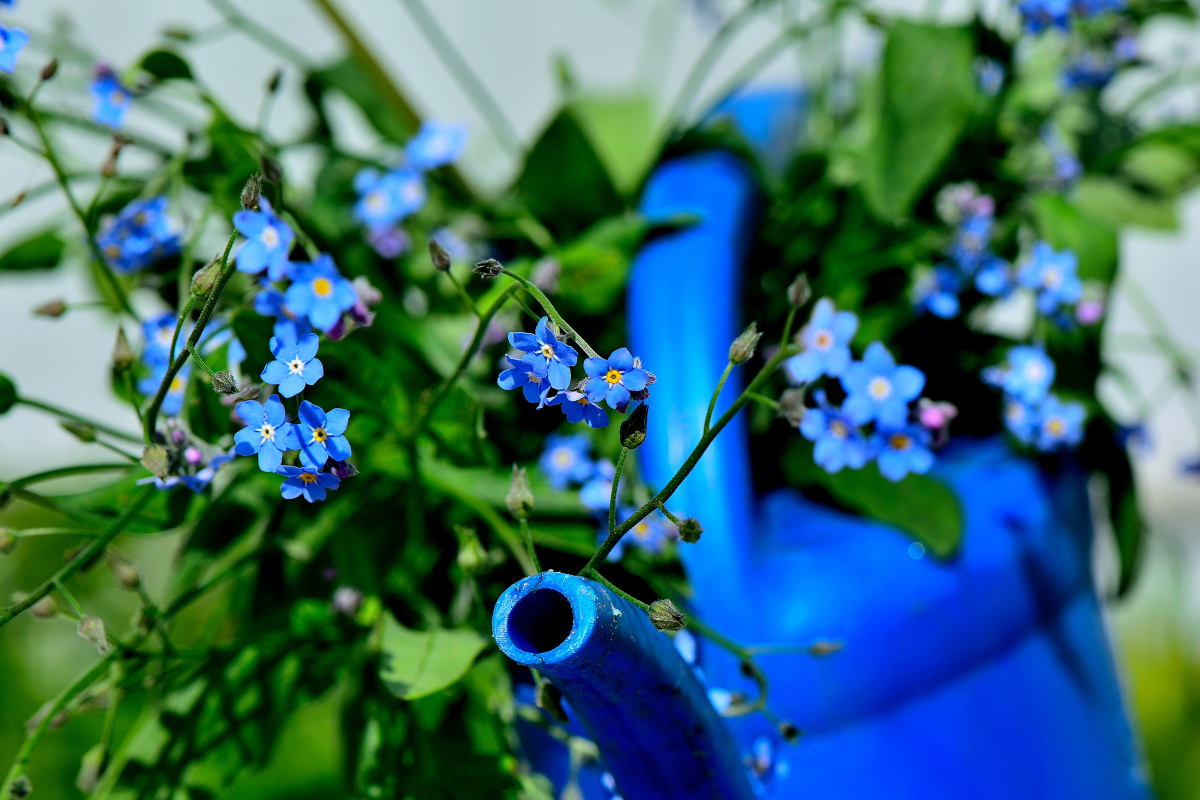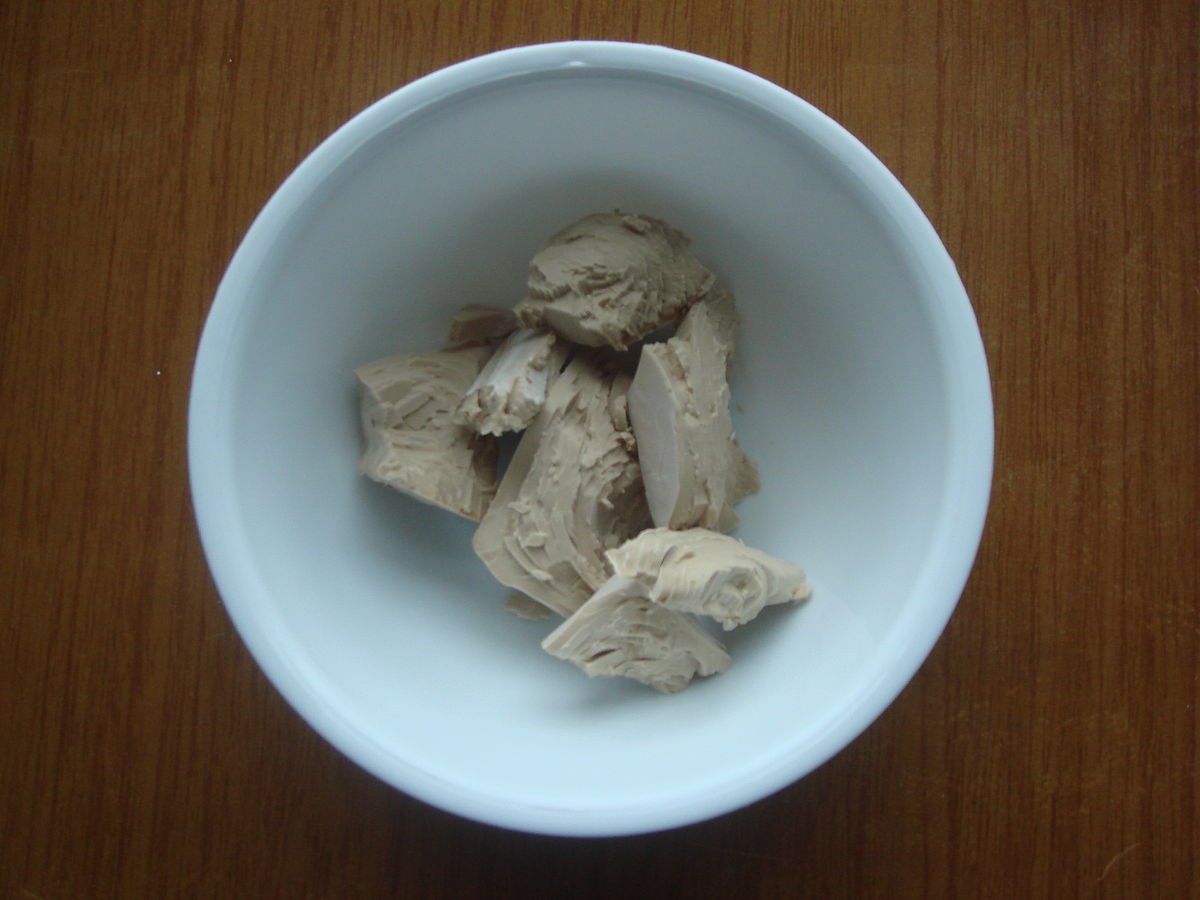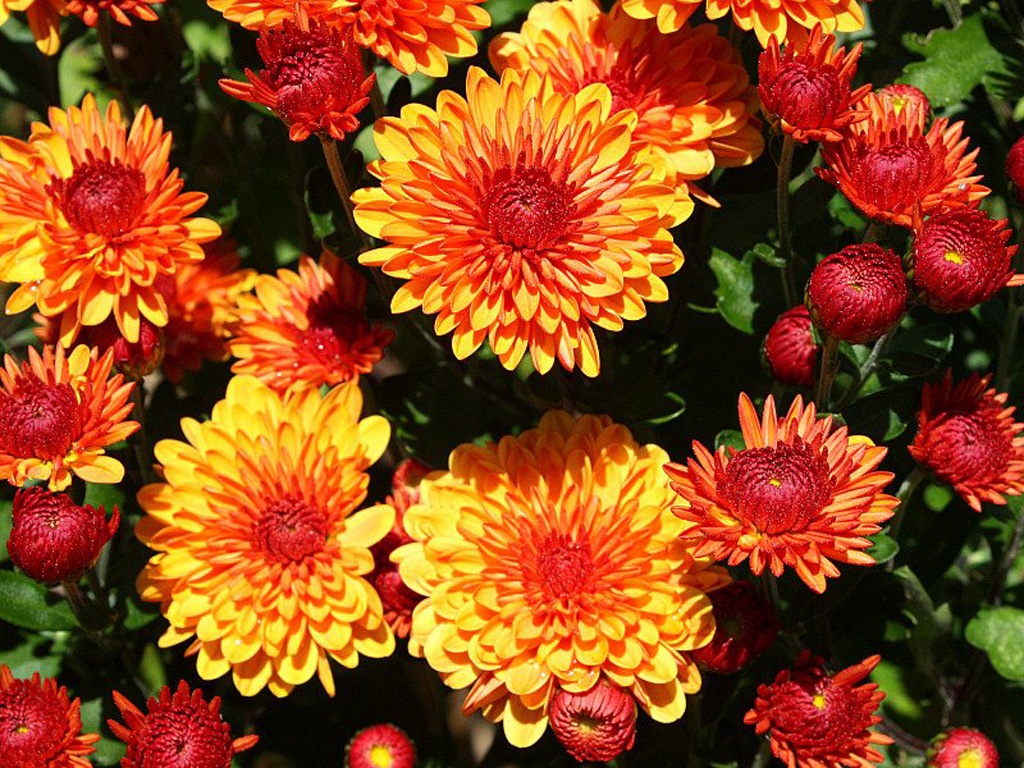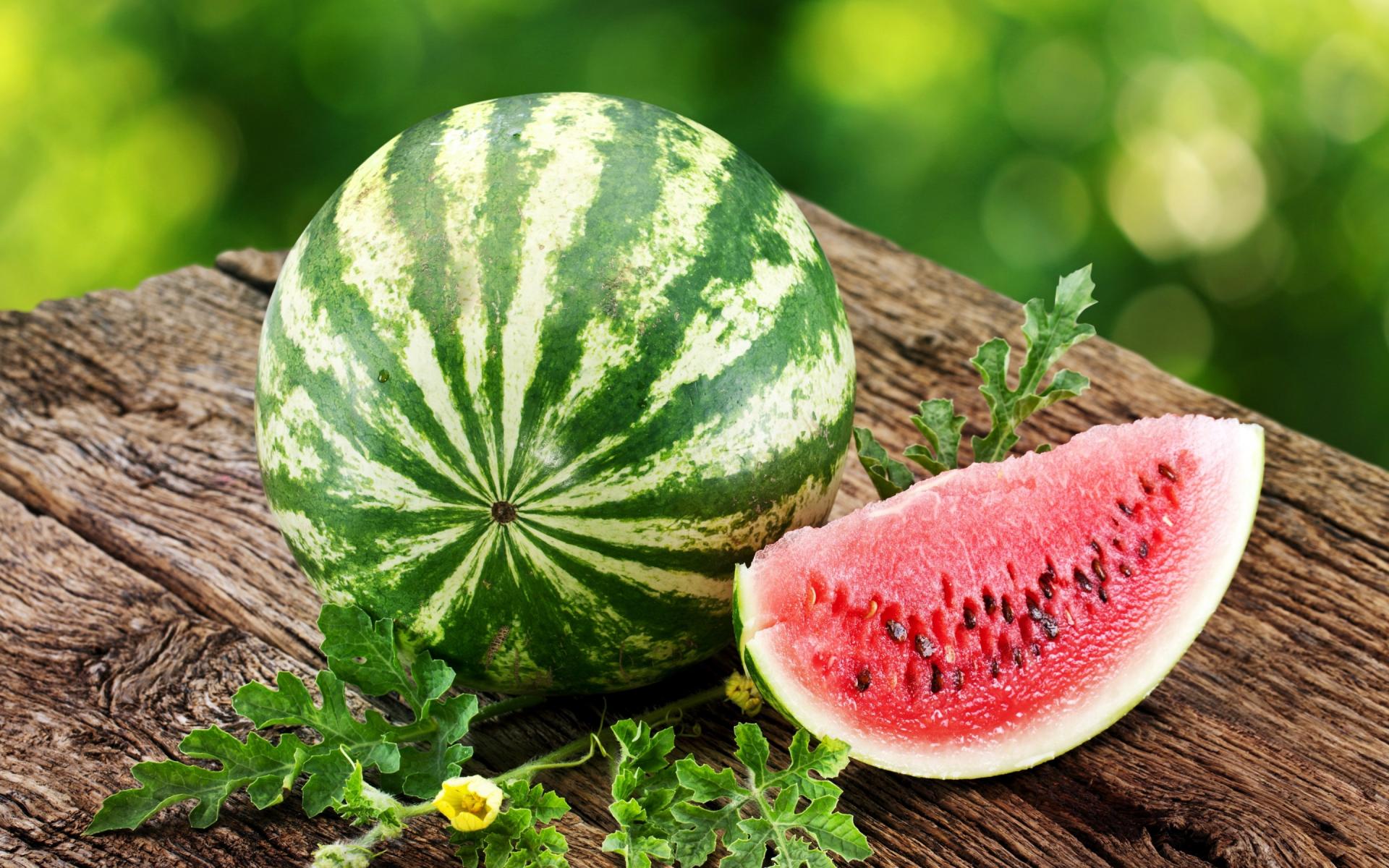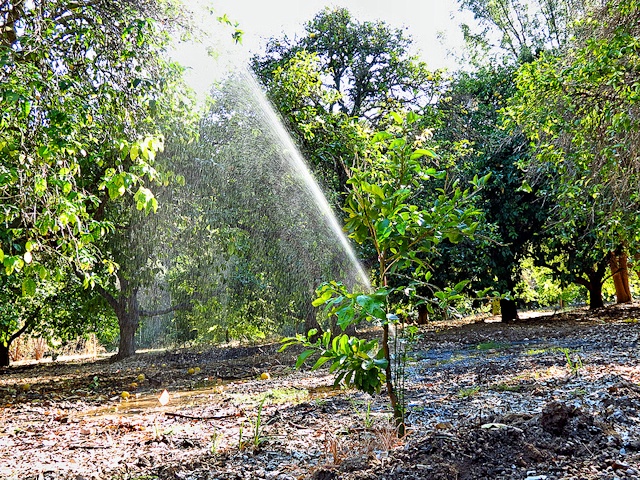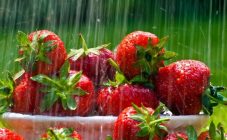Content:
When caring for garden flowers, it is important to observe the correct watering regime, which differs significantly in spring and summer and at different times of the day. It is also important to consider the type of soil, type of soil, climate and plant variety.
Watering in different weather
How to water flowers in hot weather? This question is usually asked by novice growers. When it's hot outside, it is recommended to water in the morning and evening hours - before 7 am and after 6 pm.
If, due to the heat, the earth dries out very quickly, and it is not possible to water the flower beds as often as we would like, you can mulch the soil under the flowers with sawdust - this way the moisture will last longer. Instead of sawdust, you can use cut grass, chips or fine bark. The thicker the layer, the longer the moisture will retain.
Watering flowers in the daytime in heat is highly undesirable. From a sharp temperature drop (hot air and cold water), flowers can experience a physiological shock and begin to fade, despite sufficient watering.
If the weather is cloudy and cold, you can water the flower beds at any time: in the morning, afternoon or evening. The amount of water poured under the plant should be less than on sunny days. Of course, no watering is required during the rainy season.
Watering at planting, during and after flowering
Before planting flower seedlings in open ground, holes are dug out, which are well watered with water. The seedling hole should be moist (if the ground is dry). After the flower is planted, it must be watered immediately. If the soil is dry, water it abundantly; if the soil is damp, not too much.
Annual flowers after planting need to be watered more often than perennial ones. Frequent watering (every day or every other day) is needed in order for the plant to take root.
Perennials need intensive watering only in the first spring after planting. There are exceptions, though. Not everyone knows how to water spathiphyllum. This is a southern plant, it loves a tropical climate, therefore, it needs moisture. It is necessary to ensure that the soil around it is always slightly moistened, but puddles should not form in the soil.
Particular attention should be paid to the queens of the garden - roses. How often to water roses outdoors? The answer is simple - almost the same as other flowers. The rose loves warm, clean water, it is often unnecessary to water it, 1-2 times a week is enough. 1-2 liters of water are poured under one bush.
Gladioli, like roses, need watering no more than 2 times a week, if you do not take drought into account.
How to water?
Icy and very cold water is not the best option for watering. Flowers are thermophilic plants, their root system is located close to the surface. If there is no other water besides cold water, you should water the flowers slowly, with a thin stream, outlining a circle near the plant.Thus, the water will evenly warm up due to the warm earth.
It is better to use water from natural sources: stream, river, lake. Rainwater can also be used for irrigation, but in some regions where there are many factories and enterprises, it can be with a high acid content.
You can also water the flowers with a hose, but in this case you need to use a special nozzle, like on a watering can. Or, you can pinch the stream with your finger, directing the stream of water from above to the plants.
Water from wells and wells can also be used to irrigate flower beds, but it contains a lot of salts, is hard and overly mineral. Long-term use of it leads to soil salinity, which leads to subsequent diseases and even death of plants, so it must first be defended (1-2 days).
There is a certain system by which the level of mineralization (hardness) of water is determined. So, drinking water has a level from 1 to 170 ppm. Level 100 ppm - water for watering flowers.
It is recommended to loosen the soil under the flowers on the second day after irrigation. This is necessary so that oxygen enters the soil and does not form an earth crust. Loosening allows the soil to stay moist longer.
Proper watering criteria
Often summer residents are interested in whether it is necessary to water the flowers if the earthen crust is slightly moist. Experienced gardeners advise to water the flower beds when the top layer of the earth becomes dry. If the ground is even slightly damp, you should not water the flower garden.
Many people try to water the plants as abundantly as possible, but this is not worth doing. Excessive moisture has a detrimental effect on the roots, it displaces oxygen. In high humidity, harmful bacteria grow.
Different soil types require different watering intensities and frequencies. If the soil is loose, sandy, and dries up quickly, water the plants often, but little by little. If the soil is dense, peaty or clayey, water leaves slowly, plants need to be irrigated with plenty of water, but not often.
Many novice gardeners are interested in - is it necessary to water the flower beds after the rain? Most often, a light and short-lived rain moistens only the upper earthen layer, leaving the earth in the deep layers dry. Another thing is if a thunderstorm has passed - then, most likely, additional watering of the plants will not be required. To make sure of the need for watering, you need to dig the ground near the flower bed 10-15 cm deep, if the soil is dry at this depth, you can safely water the flowers.
Features of watering in the morning and evening
Morning watering is not as effective as evening watering. When the sun begins to rise higher and higher, moisture from the ground quickly evaporates, not yet having time to absorb. But if the flowerbed is mulched, there is nothing to fear - moisture will remain in the flowerbed for a long time. If it so happens that the owner of the garden has the opportunity to water the flower garden only in the morning, then it is better to water in the morning than not to water at all.
In case of departure or a long absence from the country, you can install a home-made watering pot - tilt a plastic bottle of water upside down near the plant, after putting a mesh on the neck and making several small holes in the lid.
Folk dressing
You should not get carried away with fertilizers - plants overfed with various additives fade faster.
The use of hydrogen peroxide for watering plants solves several problems at once: it disinfects, accelerates flowering, gets rid of dangerous bacteria, prevents root decay, and saturates the flower with macronutrients. You can't use this tool too often - the plant will quickly get used to frequent feeding and will develop poorly. The best option is to spray and water the flowers with a solution of peroxide (2-3 tablespoons of peroxide per 1 liter of water) no more than once every 5 days.
Before planting, the seeds are soaked in a peroxide solution, this disinfects them and helps them germinate faster.
Can I water the flowers with beer? You can, but only if it has a natural composition. Natural drink is quite difficult to find, and it is not cheap. Instead of beer, you can successfully use ordinary yeast, which is similar in composition to beer. But if you really want to try beer fertilizer, you need to dilute beer with water in a ratio of 1:10. You can feed plants with this solution no more than once every 2-3 weeks.
Regular yeast (raw or dry) is diluted with 10 grams of yeast per 10 liters of water. Sugar is added to this solution - 3 tbsp. l., mix everything and leave to ferment in a dark, warm place for a couple of hours. After 2 hours, top dressing can be applied. Those who don't feel like messing around with the yeast on their own will love the ready-made yeast solutions available in gardening stores.
Using potassium permanganate as a top dressing is still a popular way, as it was 20 years ago. Manganese not only disinfects, but also provides plants with trace elements. The soil, tubers and seeds of flower crops are treated with its solution before planting, diseased roots are soaked, and rot is eliminated. To properly dissolve manganese in water, certain conditions must be observed - very little manganese must be taken, less than a pinch. You can dip a damp toothpick into a jar of manganese, and then dissolve the adhering particles in water, stirring with a toothpick in a glass.
Not all gardeners have heard of succinic acid. It is not a top dressing in itself, but helps the plant to assimilate all nutrients, accelerate development, and get rid of unnecessary nitrogen. You can buy this acid both in a specialized store and in a pharmacy. In a solution of succinic acid (2 g per 1 liter of water), the seeds are soaked before planting to increase germination; it is poured under the root of flowers to accelerate plant growth and strengthen them.
Among all types of folk dressings, the most effective are:
- ash solution - 1 tbsp. l. wood ash is dissolved in 1 liter of water, used once a week;
- onion broth - 50-100 g of onion peel is brought to a boil, boiled for 10 minutes and insisted for about 3 hours, then filtered and used once every 2 weeks;
- ordinary sugar - 1 tbsp. l. for 0.5 liters of water, you can use such a dressing no more than 1 time a month.
What flowers require regular watering?
There are moisture-loving flowers, and there are those that do not need water for a long time. This must be taken into account when forming a flower bed: for convenience, it is better to plant moisture-loving ones separately from those that do not tolerate excessive moisture.
Species such as hydrangeas, clematis, petunias, dahlias need frequent watering.
The yucca flower loves abundant and frequent watering. However, it is important not to overdo it, and water the flower when the top layer of the earth dries out at least 5 cm. The gardenia should be taken care of in the same way.
Chrysanthemums are also moisture-loving plants, the soil in which they grow must always be moist.
Many grow an exotic flower - dracaena. Watering dracaena involves frequent irrigation. Water the ground every other day, while additionally 1-2 times a week, the leaves are sprayed from a spray bottle.
Some flowers are better to underfill than overflow. These include lilies, Dendrobium orchids.
Guzmania should be watered differently from all others - water must be poured in the center of the flower, where the leaves are intertwined. In the summer, it is very important that the soil is always sufficiently moist.
Lunar calendar watering flowers
Some summer residents irrigate exclusively according to the lunar calendar, on certain days. It is believed that if plants are watered in accordance with the ebb and flow, which have a direct effect on sap flow, the growth of flowers will be more intense and efficient.
In general, the frequency of watering depends on the air temperature, plant variety, and season. It is also necessary to take into account the physiological state of each flower. Only a combination of these factors will help you understand how and when to water flowers.
